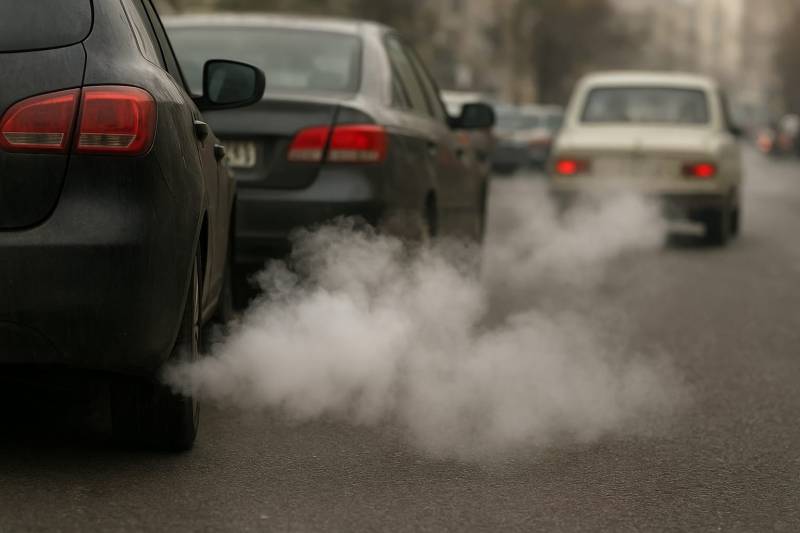Date Published: 22/10/2025
Ozone pollution in Murcia hits highest level in eight years
Environmental group warns that all residents in the region have breathed air classed as harmful to health during 2025

Ozone pollution across the
Region of Murcia has reached its highest level since 2017, according to a new report published by Ecologists in Action. The environmental organisation says that industrial activity, road traffic and two severe summer heatwaves have combined to push ozone levels back to pre-pandemic highs, affecting every part of the region.
“The entire Murcian population has once again breathed air that is harmful to health in terms of ozone,” the group declared in its annual report, Ozone Pollution in the Spanish State during 2025. The findings point to the cities of Murcia and Cartagena, together with the industrial Escombreras Valley, as the main sources of contamination.
Ecologists in Action say that ten of the twelve air quality stations in the region exceeded World Health Organization guidelines on at least 75 days this year, with the highest readings recorded in Jumilla and Alumbres, which surpassed the safe limit more than 100 times by the end of September. The Altiplano, Murcia metropolitan area and Vega Oriental all saw significant worsening of air quality, while only the Guadalentín Valley showed a notable improvement.
Ozone is not emitted directly into the air but forms through a chemical reaction involving sunlight, nitrogen oxides and hydrocarbons – pollutants that come mainly from transport, heating systems and industrial activity. The group described ozone as “the pollutant most closely linked to climate change” and particularly damaging during warm periods. Last summer, the two intense and prolonged heatwaves across Spain led to “the worst ozone levels since 2017,” the organisation said.
The environmentalists point to data from the European Environment Agency indicating that ozone pollution caused up to 350 premature deaths in Murcia in 2022, or about 23 for every 100,000 inhabitants. They argue that ozone should be treated as a serious public health issue, warning that it especially affects children, the elderly, pregnant women and people with heart or lung conditions.
Ecologists in Action have urged the regional government to create an Air Quality Improvement Plan with concrete measures to cut pollution. They also call for traffic reduction, cleaner industrial practices, tighter regulation of renewable energy projects and a moratorium on new mega-farms. The group says the current regional monitoring network is outdated and inadequate, though improvements are being made with new stations in Murcia, Molina de Segura, and Jumilla, and another due soon in Cieza.
Regional authorities, however, question the conclusions of the report, arguing that 2025 data are not yet complete. A spokesperson for the Ministry of the Environment said they wanted “rigour and less alarmism regarding such a sensitive issue,” insisting that the region meets air quality standards under European law. Officials also highlighted recent investment of €1.46 million to modernise air monitoring systems, with praise from national authorities for Murcia’s progress.
Image: Chatgpt
article_detail

|



 Ozone pollution across the Region of Murcia has reached its highest level since 2017, according to a new report published by Ecologists in Action. The environmental organisation says that industrial activity, road traffic and two severe summer heatwaves have combined to push ozone levels back to pre-pandemic highs, affecting every part of the region.
Ozone pollution across the Region of Murcia has reached its highest level since 2017, according to a new report published by Ecologists in Action. The environmental organisation says that industrial activity, road traffic and two severe summer heatwaves have combined to push ozone levels back to pre-pandemic highs, affecting every part of the region.









